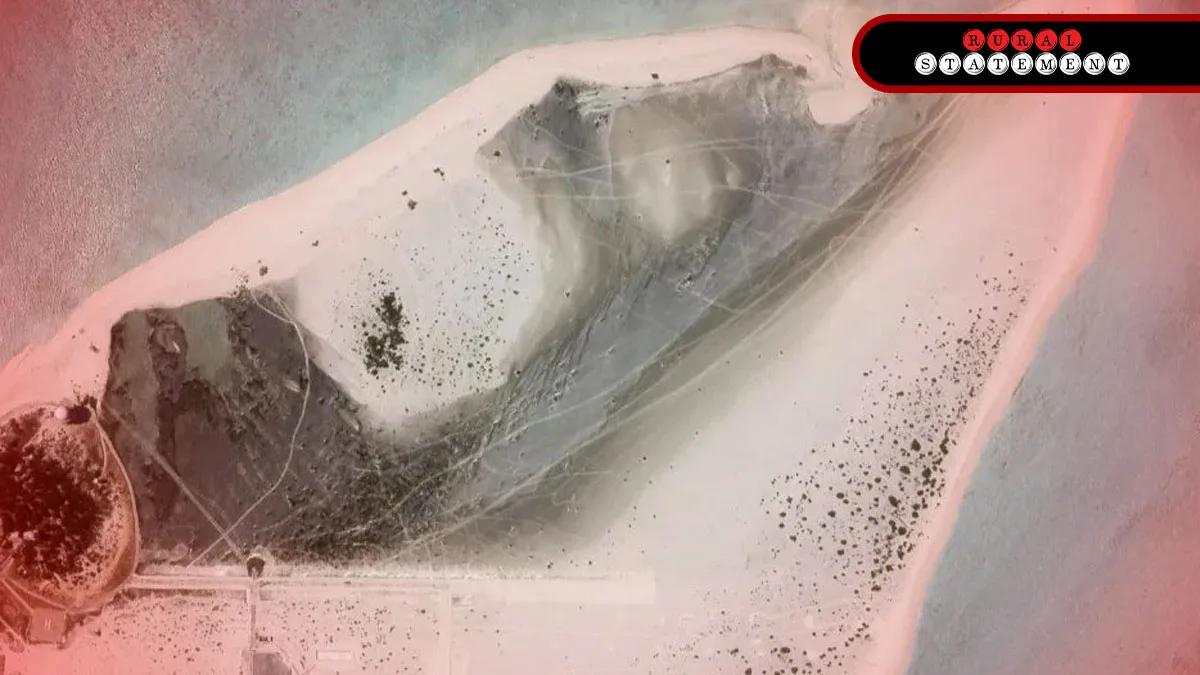SCIENCE AND TECHNOLOGY
Ancient Human Colony Discovered Underwater Off Australia’s Coast

Australian scientists have made a groundbreaking discovery, stumbling upon a massive submerged colony off the coast of the northern Kimberley region, on the northwest shelf of Sahul. According to a study released in Quaternary Science Reviews, this submerged landmass, once believed to be a desert, was home to an extensive ecosystem that thrived during the Late Pleistocene period.
Spanning nearly 250,000 square miles, the drowned landmass is surprisingly more than 1.6 times the size of the United Kingdom. Researchers found evidence of human habitation, including artifacts and signs of life, suggesting a thriving community that could have supported between 50,000 and 500,000 people. The landmass is believed to have featured habitable freshwater and saltwater lakes, rivers, streams, and a large inland sea.
The scientists propose that the submerged region may have served as a land bridge, allowing its inhabitants to walk to Australia. The colony is estimated to have drowned between 12,000 and 9,000 years ago during a period of rapid global sea-level rise. This event likely led to a retreat of human populations, as indicated by peaks in occupational intensity at archaeological sites.
“We are still working to uncover the history behind the lost colony and plan to continue reconstructing the palaeoecology of the landscapes,” the scientists stated. The study underscores the role of now-submerged continental margins in early human expansions across the world. The rise in undersea archaeology in Australia is expected to contribute to a global understanding of early human migration and the impact of climate change on Late Pleistocene human populations.
This significant discovery sheds light on an ancient chapter of human history and emphasizes the importance of exploring submerged landscapes to gain insights into our collective past.
